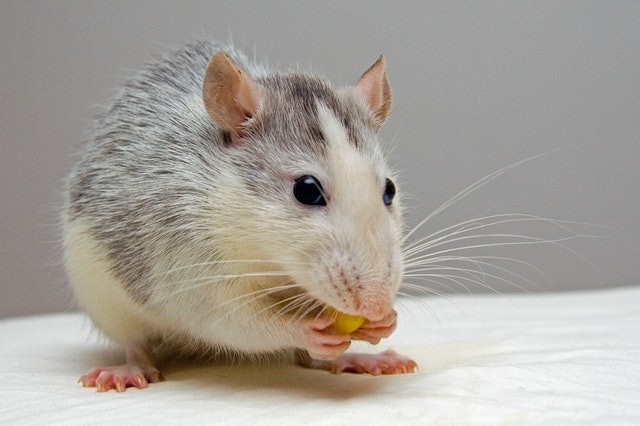There are losers and winners in the struggle to survive the ever hotter deserts of California. Among the winners are little burrowing mammals, comprising of the kangaroo rat, white-tailed antelope, and cactus mouse, which take shelter underground from the sun.
Scientists, including researchers from the Natural History Museum in San Diego, released those results this month in the science journal, pointing out the durable mammal population that created a hopeful distinction to the horrible condition of birds.

Evaporative Heat Loss In Birds
The study author, an ecologist at the Natural Museum in San Diego Lori Hargrove inquired, why is the mammal population moderately stable when it comes to the bird community?
The ecologist also explained that the birds possessed a greater evaporative heat loss. Birds were better exposed to the impacts of warming, so they possessed greater energy cost to sustain their body temperature, while mammals were equipped to ease their body temperature by utilizing burrows during the day.
Lori explained that the temperatures have surged approximately 4 degrees Fahrenheit on average around the region studied, but the heat implicates small mammals and birds differently. In an aspect of the examination, researchers shaped each cooling needs and body temperature of the species under various desert conditions. To ascertain that, they estimated the conductivity of the animals' feathers or skin and obtain information on their heat reducing behaviors, such as denning underground or evaporative cooling
Combat Against Climate Change
The categories indicated that in the combat against climate change, there is no equal playing ground for feathered and skinned desert inhabitants. The cost of cooling or the reserves required to retain reliable body temperature were about 3.3 times higher for birds than they were for little mammals, the findings revealed. Increasing temperature arising from climate change boosted cooling costs for birds by 58 percent, but it indicated only 17 percent for mammals.
University of California's senior author and professor of environmental policy, science, and management Steven Beissinger, explained that it's pretty intriguing that, in the exact level of climate change, these two are so alike that they have reacted very oppositely to the alterations taking place.
The observation depended on data that researchers gathered during years used in researching historic analyses of California's mountains, deserts and assessing ecological changes over the last century. A joint effort of California University, the Natural History Museum, and other institutions called the Grinnell Resurvey Project, has ruthlessly pursued the trail blazed by Joseph who is the first Vertebrate Zoology Museum director of the California University as he strolled sweeping transects across the state with his team.

San Jacinto Mountains
Beginning in 2008, contemporary researchers traveled on doot via the San Jacinto Mountains and other Southern California wildlands to investigate the same sites that Joseph researched 100 years ago. Recent scientists counted on comprehensive field notes made by Joseph with maps of chronicles, hand-drawn sketches, in the early 1900s the status of animals and plants his group documented. In the exact area that the original group visited Hargrove took snapshots whenever possible.
Precisely a century later, we followed his trails in the San Jacinto Mountains to discover how the ecosystem has transformed. Hargrove explained that we stretched his work to Mojave National Preserve and Joshua National Park. Without the work of the early 20th-century zoologist who researched the fauna of California with what they imagined would not remain the same because of development and humans, progress couldn't be made
RELATED ARTICLES : This Greenhouse Could Grow Food in the Desert With Just Seawater, Sunlight
For more news, update and similar stories about desert animals don't forget to follow Nature World News!
© 2026 NatureWorldNews.com All rights reserved. Do not reproduce without permission.





